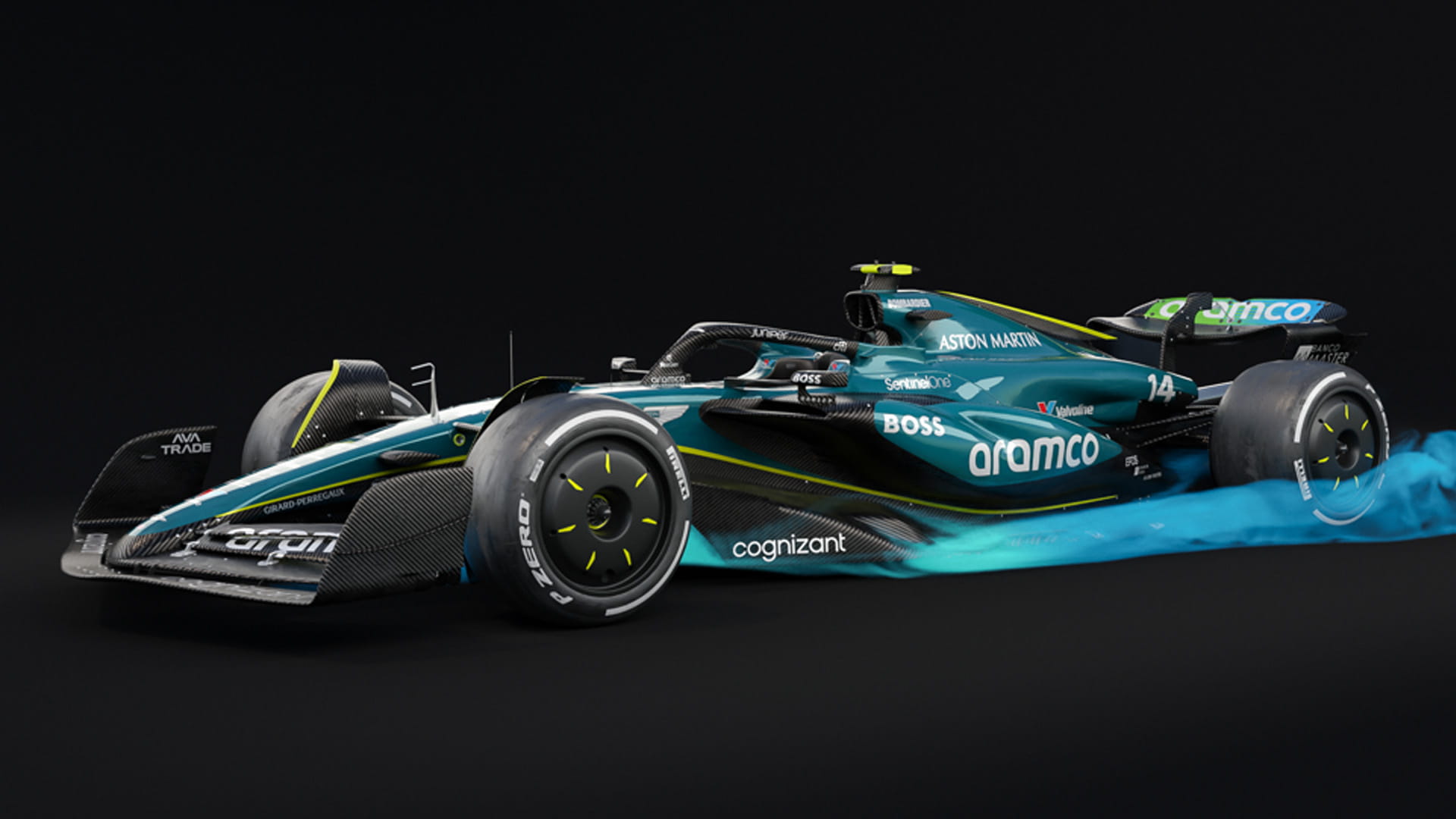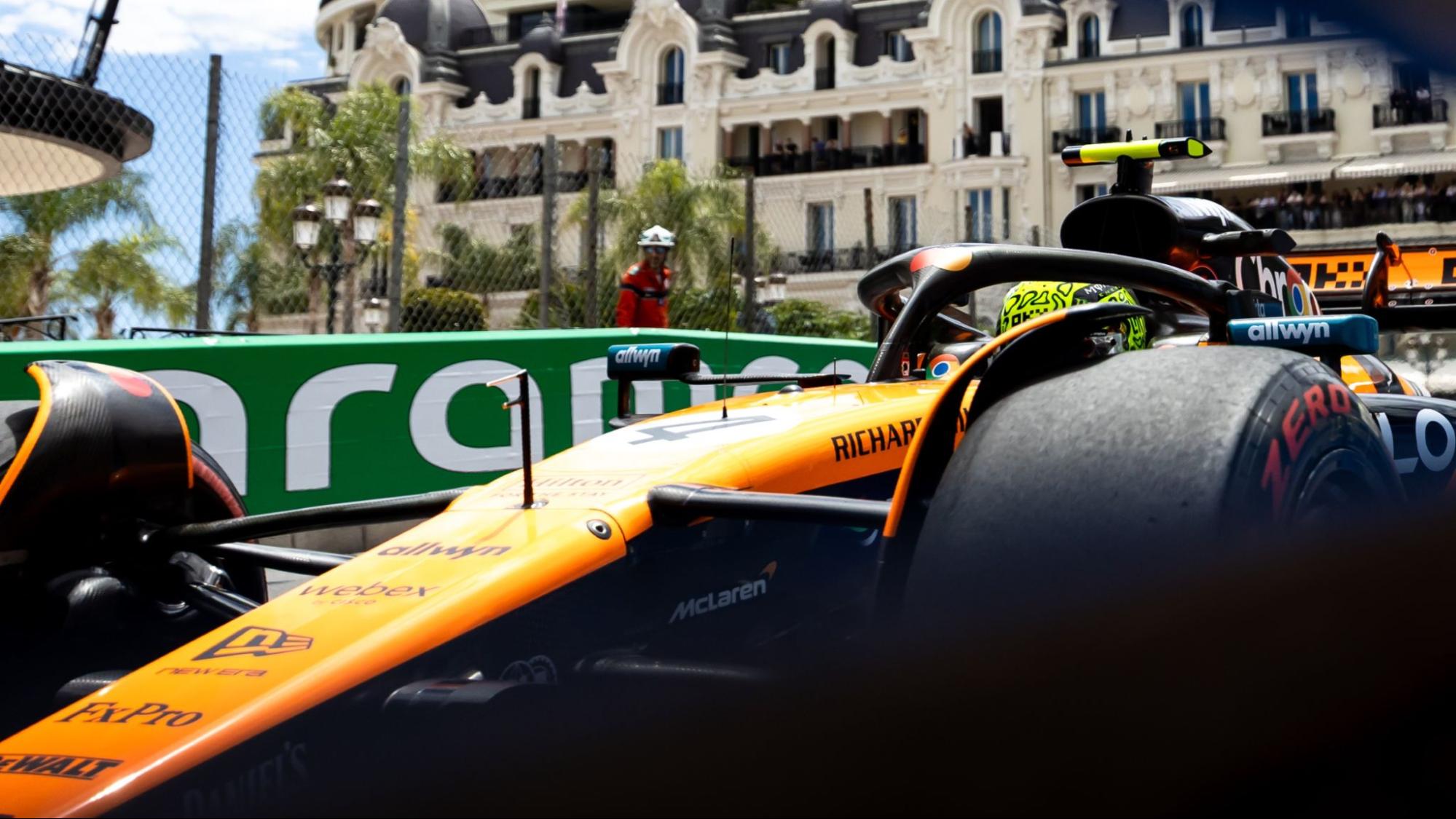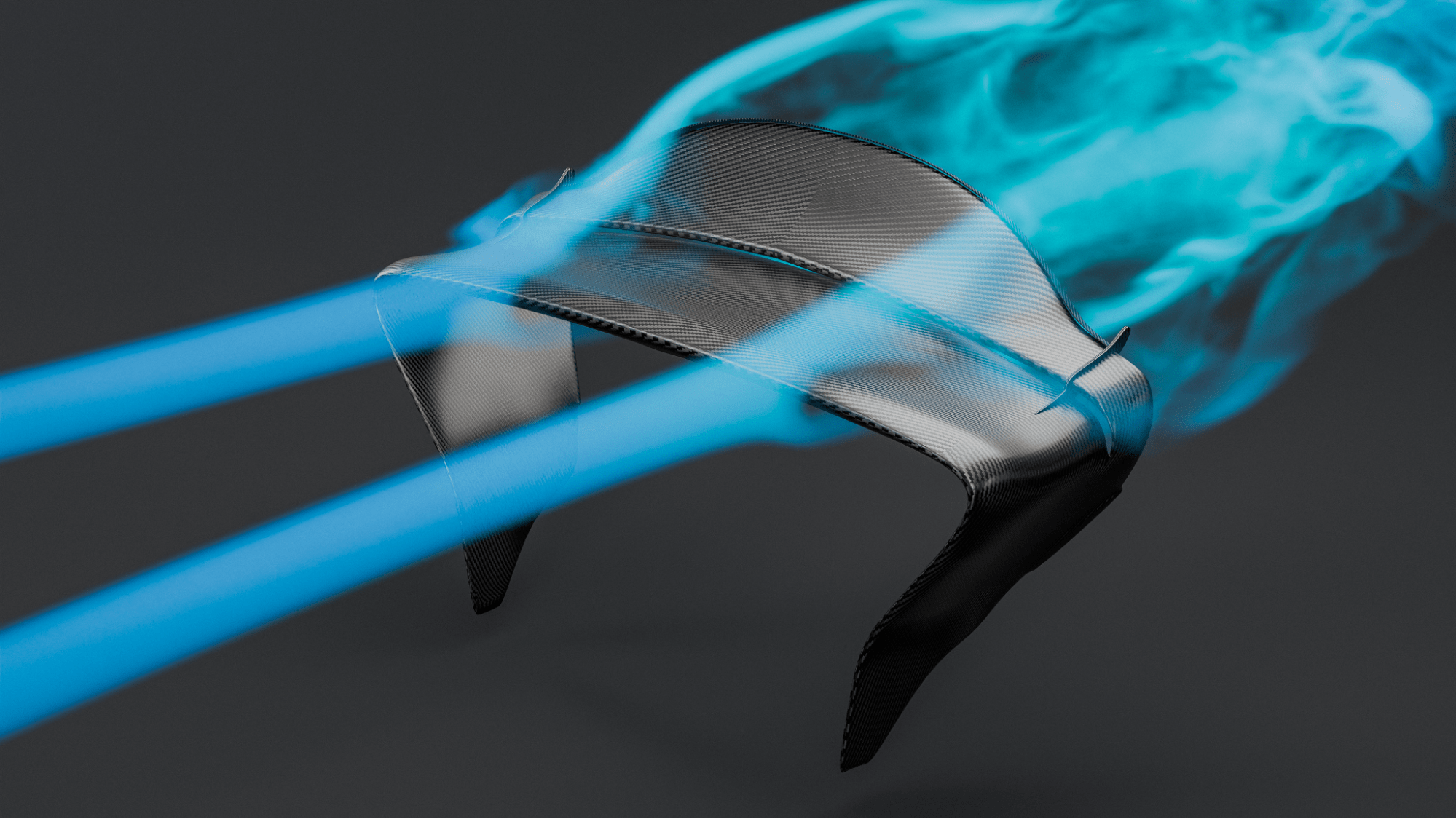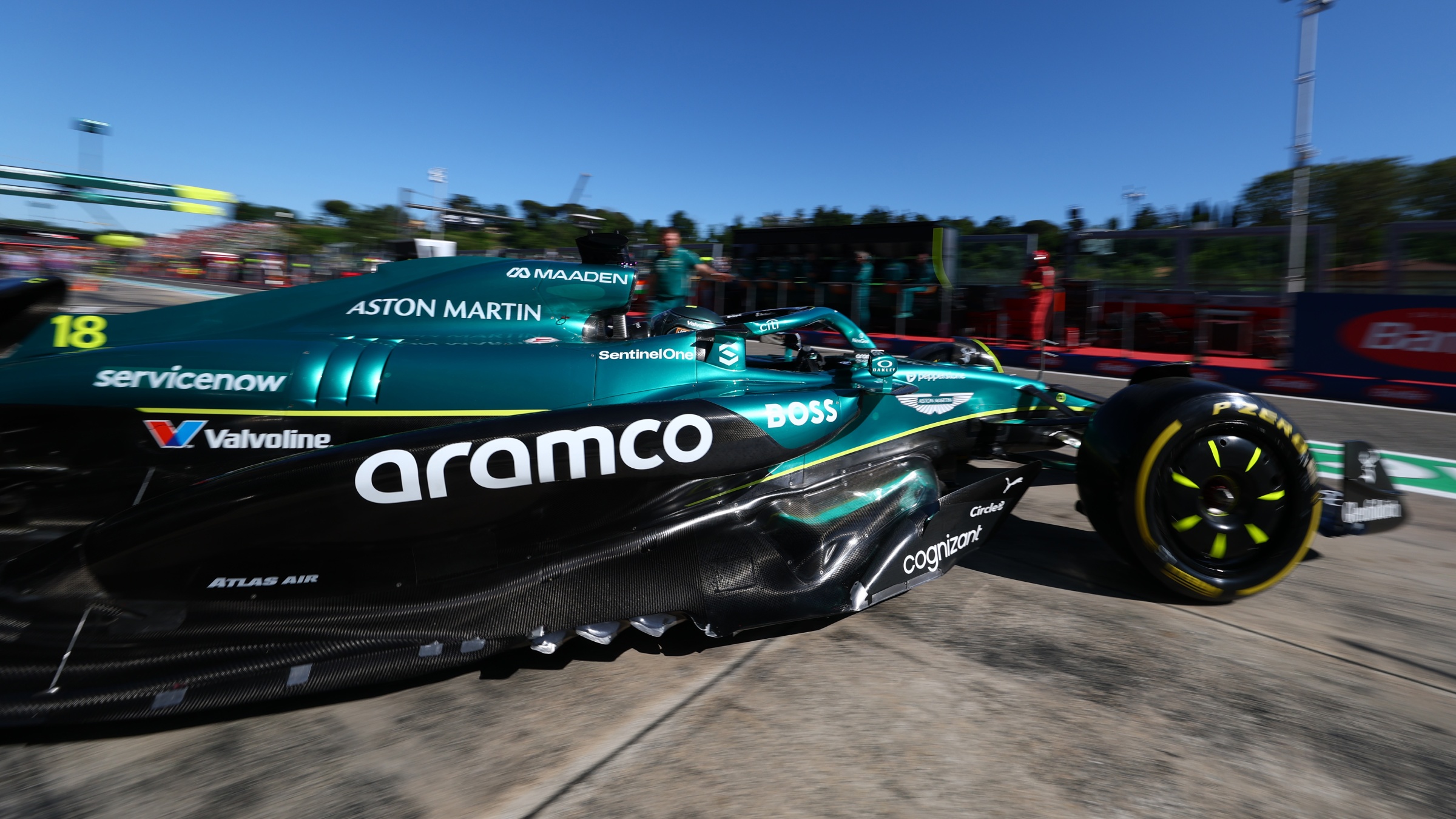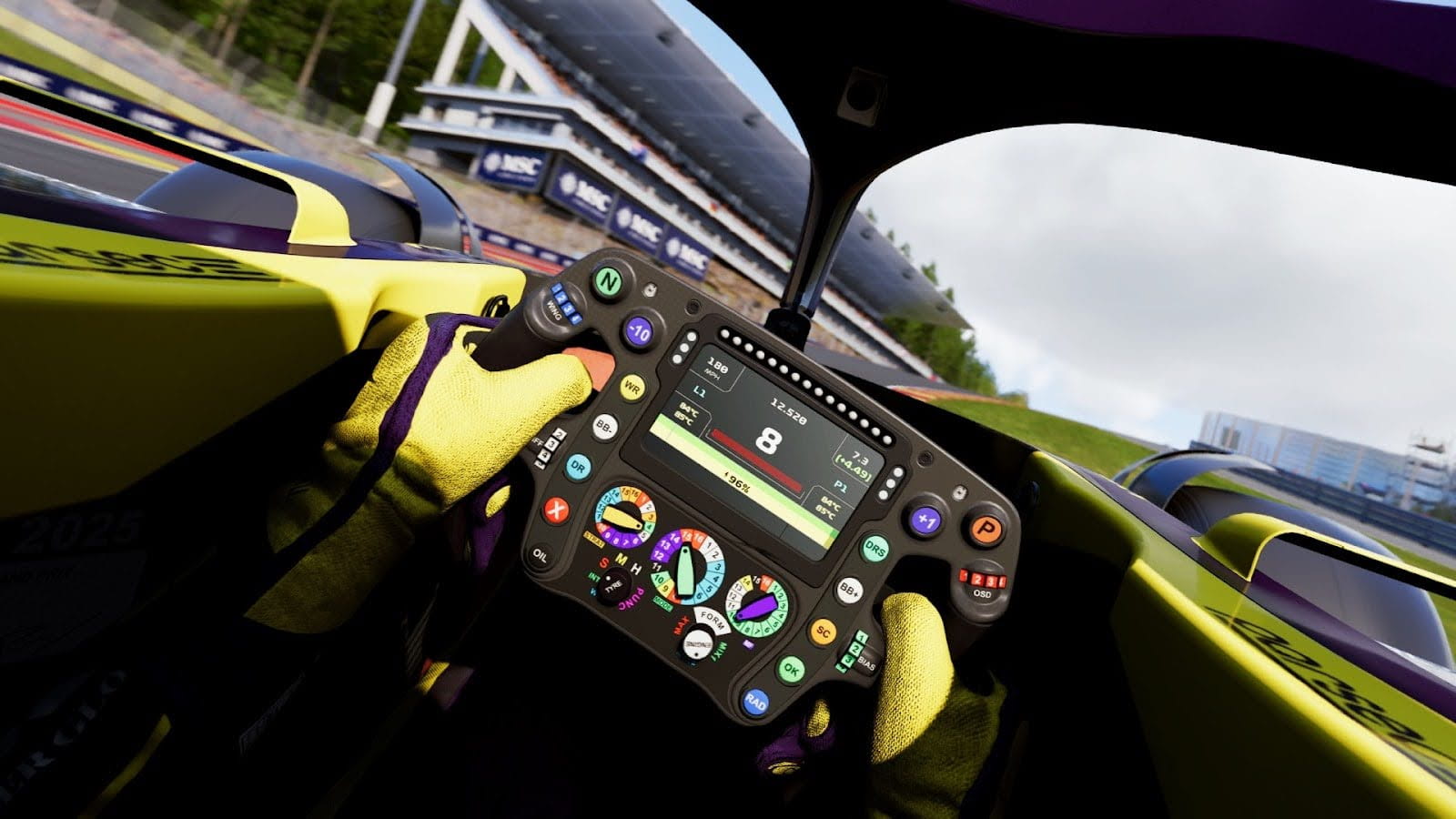Car
Analysing Ferrari's attempts to adapt to the 2025 Monaco and Spanish Formula 1 Grands Prix
by Rosario Giuliana
6min read
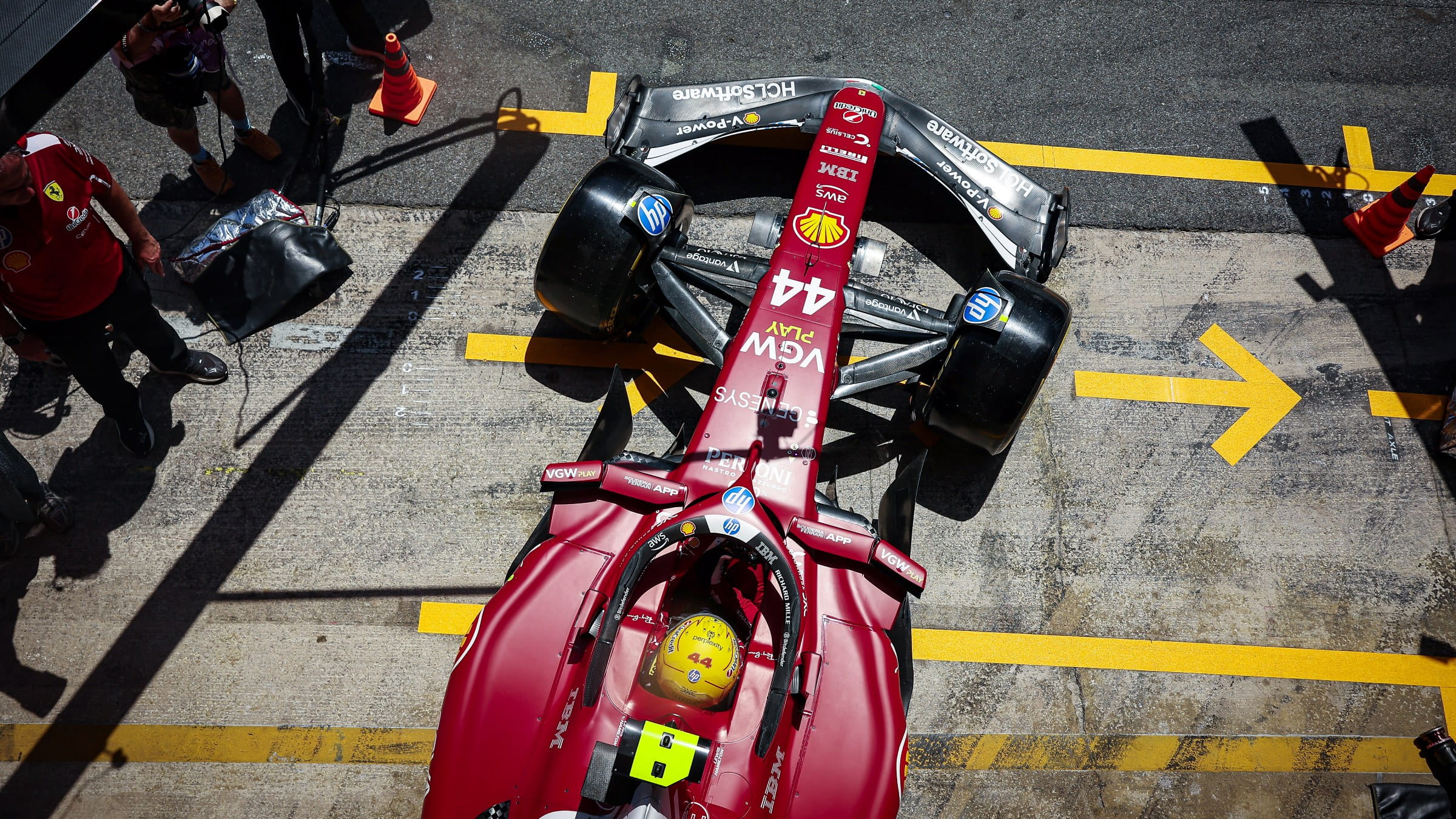
The Monaco and Spanish Grands Prix offer two contrasting challenges and, in 2025, a long-awaited technical directive issued by the FIA made that contrast even more stark. Here's how Ferrari attempted to change its car for those events.
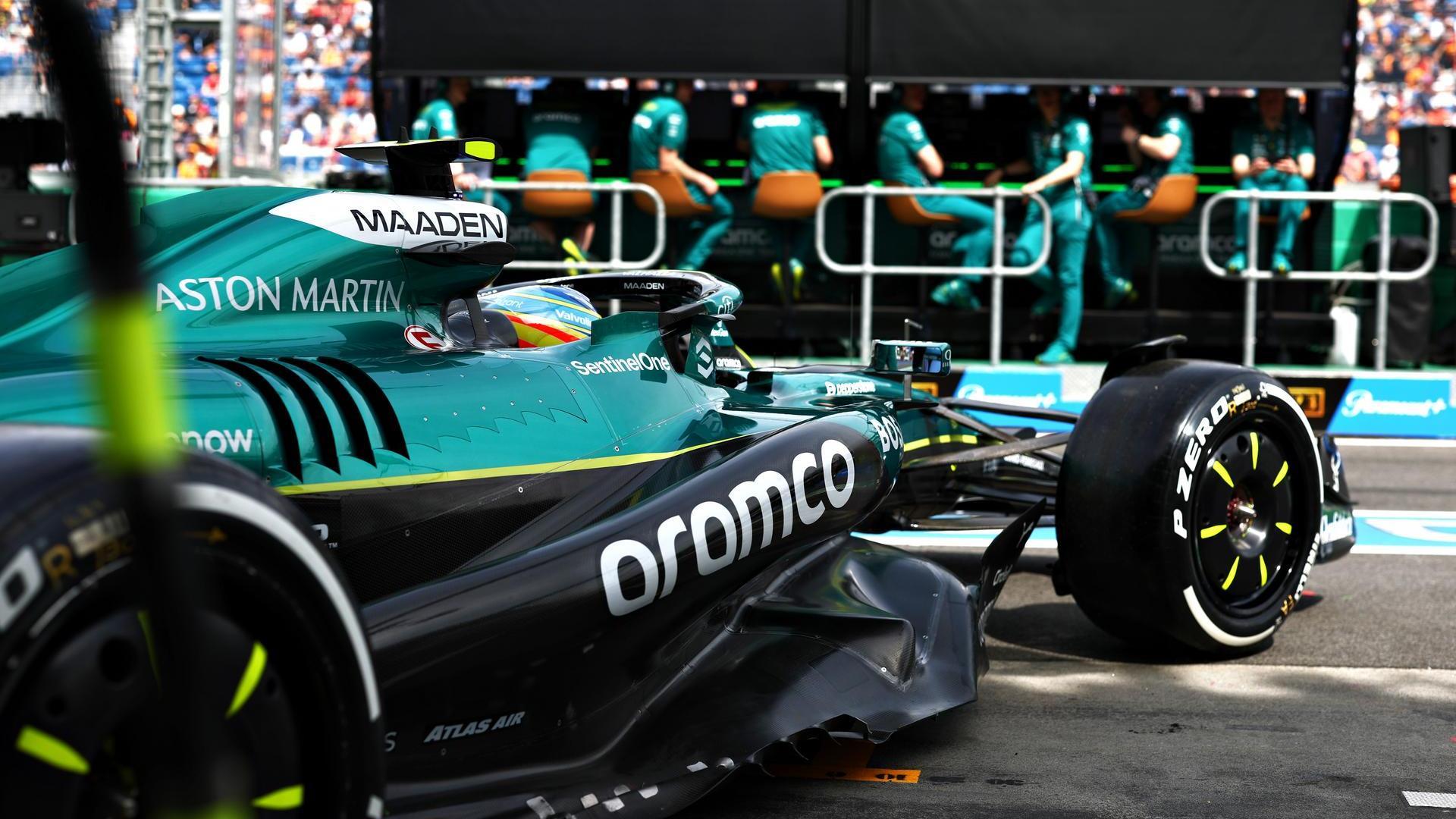
Sign up for a newsletter and we'll make sure you're fully up-to-date in the world of race technology
Teams knew about the FIA's technical directive to counter excessive front wing flexing for months and all of them had to bring stiffer wings to pass stricter checks in Spain.
Ferrari brought an entirely new front wing to Barcelona on the SF-25, not only stiffer but also featuring a different aerodynamic shape. Not all teams followed suit, with some merely reinforcing the carbon structure while retaining the previous aerodynamic profile.
Modifying the front wing is always delicate, as these cars are highly sensitive to aerodynamic changes, especially at the front wing, which is the first element to interact with the clean airflow.
The main changes involve the inner bodywork of the front wing and the endplates, adopting some design solutions already seen on other teams' cars.
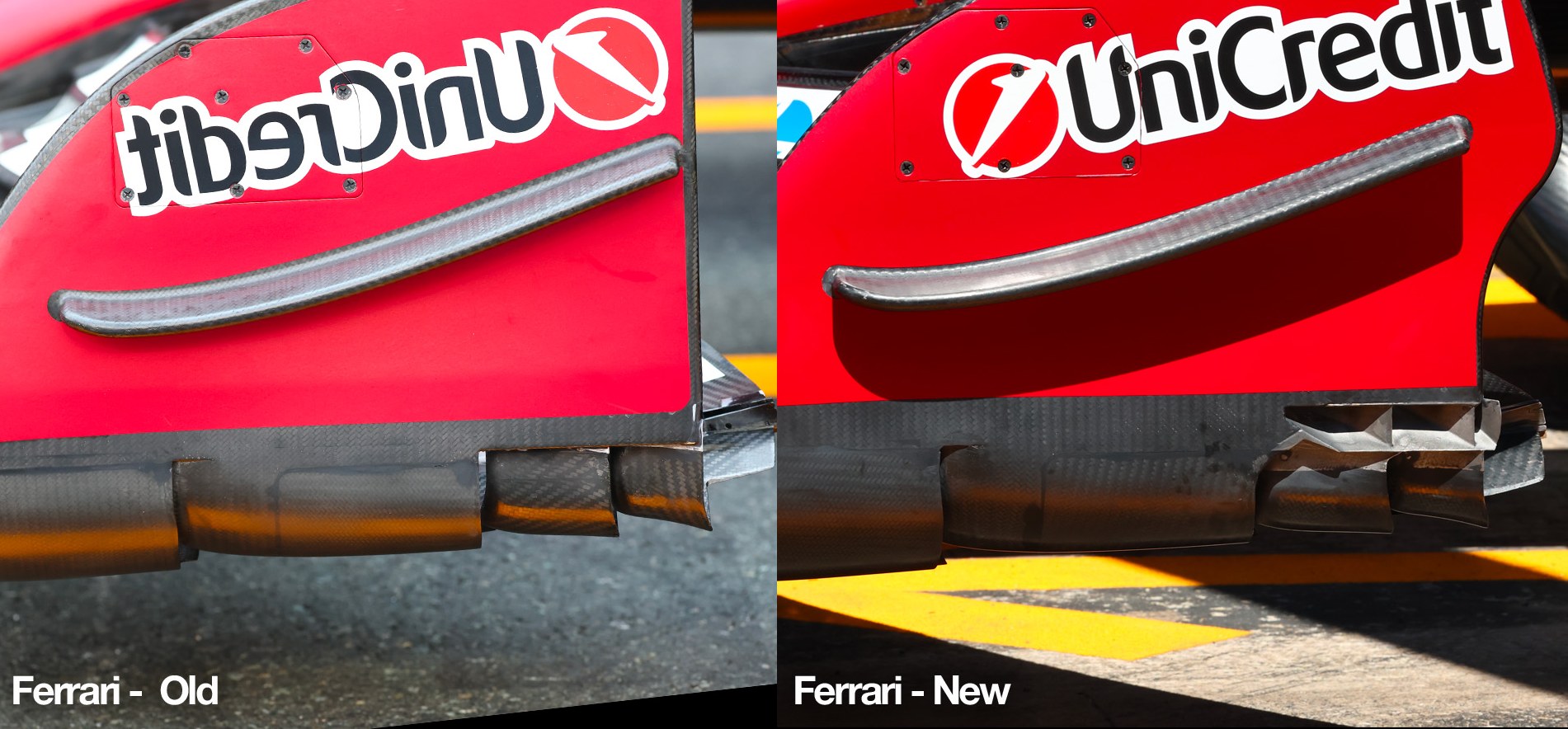
A comparison showing changes made to the endplate of the Ferrari SF-25 front wing in Spain (R) compared to its previous spec
Charles Leclerc fared well in Monaco with second-place and managed to take third-place in Spain after late drama involving Max Verstappen. For Lewis Hamilton, it was a different story; he finished fifth in Monaco and sixth in Spain.
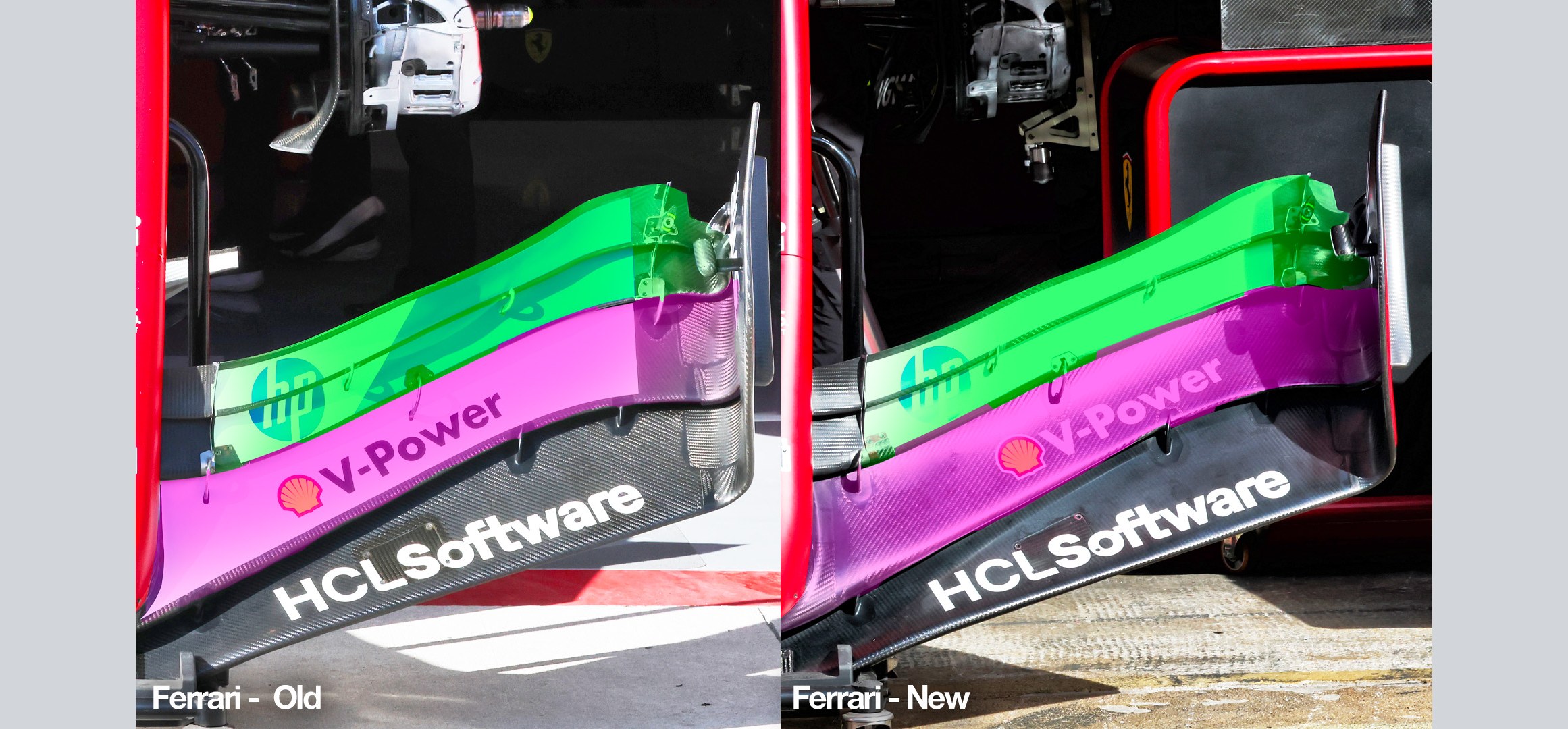
Another comparison showing subtle changes to the front wing of the Ferrari SF-25 for the 2025 Spanish Grand Prix (R)
Why Spain was more difficult than Monaco for Ferrari
The technical factor that played in Ferrari's favour at Monaco was the right height demanded by the Monte Carlo circuit.
Due to the pronounced bumps and elevation changes of the street's surface, all teams were forced to run with a higher ride height than is typical on permanent circuits.
This, in effect, reduces the efficiency of the Venturi tunnels and the floor, making ground-effect aerodynamics less powerful.
This condition reduced the advantage of teams like Red Bull or McLaren, who usually excel at exploiting floor efficiency - benefiting teams like Ferrari, which often struggle to keep the car low and stable without compromising balance.
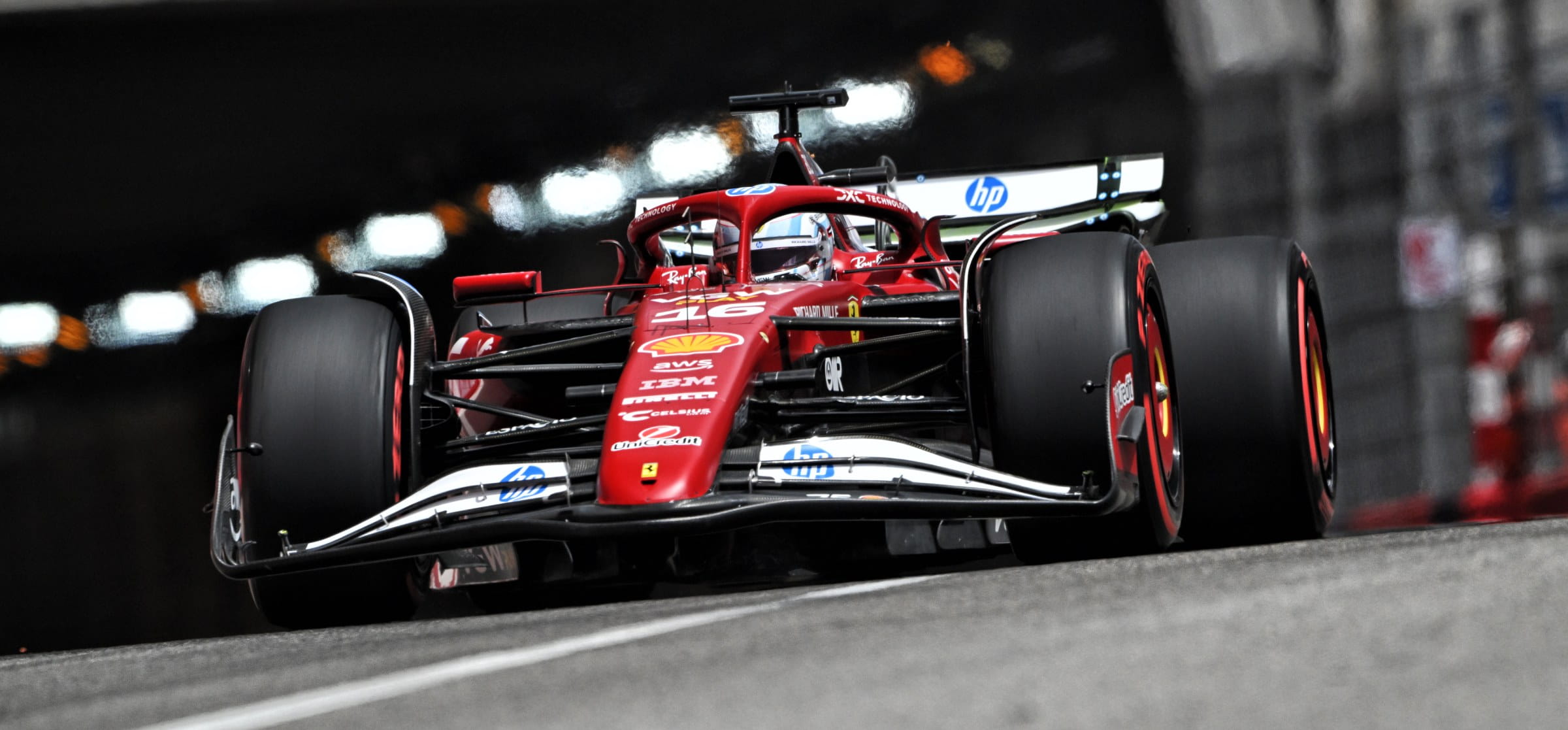
The surface at Monaco is bumpy with myriad kerbs - which means cars are rarely on a level plane. This worked in Ferrari’s favour in 2025
In other words, Monaco removed one of the SF-25’s most limiting variables: minimum ground clearance.
With all cars forced to lift up, Ferrari was able to compete on equal footing in terms of low-speed aerodynamic efficiency, focusing solely on mechanical grip and suspension response - areas where the Maranello car has shown good potential. This was not the case in Spain, where being able to run with a low floor is essential for speed through high-speed corners.
An unexpected technical choice in Monaco
In addition to these setup choices, Ferrari attracted attention in Monaco for a technical decision that was both unexpected and strategic: the use of a 2024-spec rear wing, adapted and mounted on the SF-25.
It appeared to be a fallback solution, but was actually perfectly aligned with the optimisation strategies dictated by Formula 1's current financial regulations.
The Monaco track inherently demands maximum downforce, but is an outlier on the calendar.
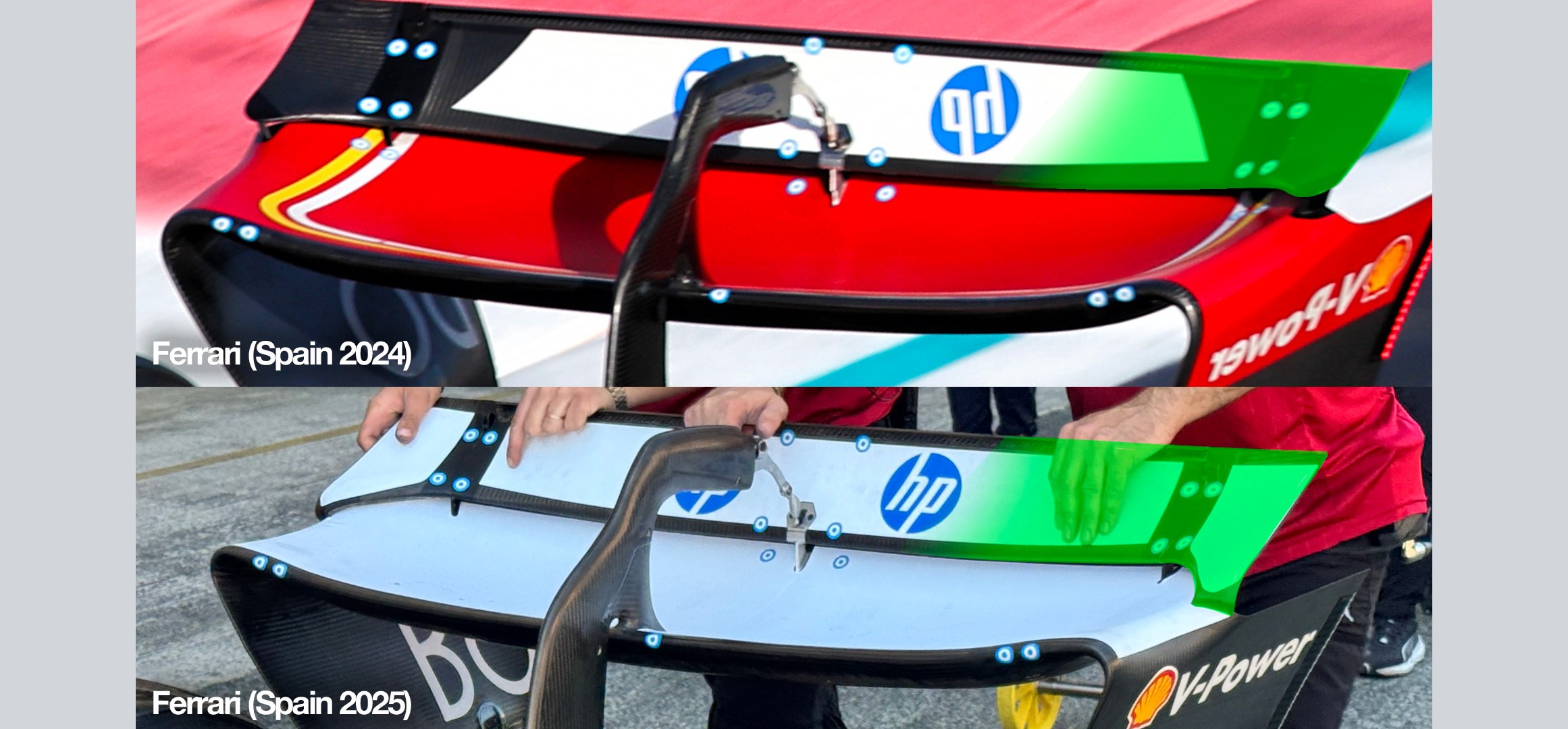
Ferrari used a 2024-spec rear wing in Monaco and did the same for the 2025 Spanish Grand Prix (pictured in the above comparison)
No other circuit requires such an extreme configuration in terms of drag. Creating an entirely new wing for just one race - never to be used again -would have meant wasting valuable resources under the F1 cost cap system.
Ferrari instead chose the more efficient route: reusing an existing specification, saving time and money while still achieving the required downforce for the tight Monaco walls.
The same decision was carried into Spain, where the rear wing remained the same as in 2024, except for some updates to the tip area, where a new curvature shape connects to a more forward section of the main plane for improved airflow efficiency.
